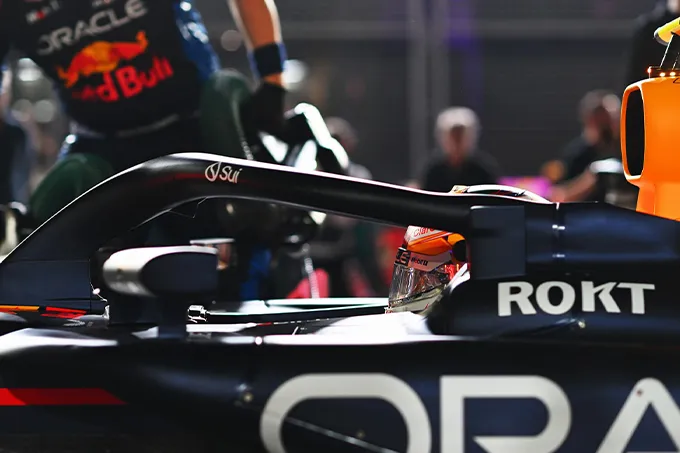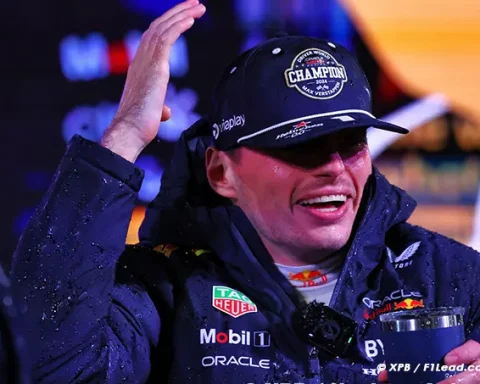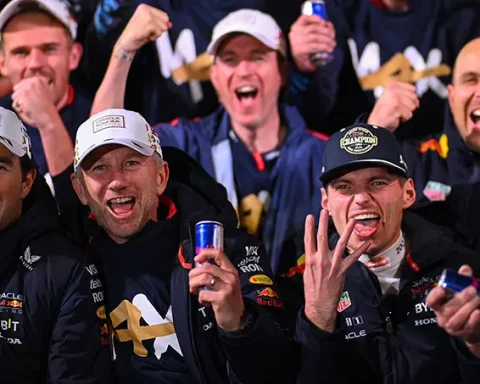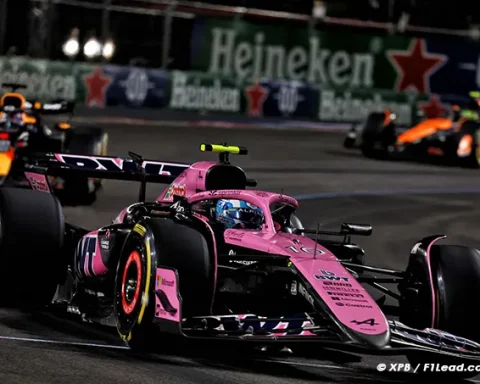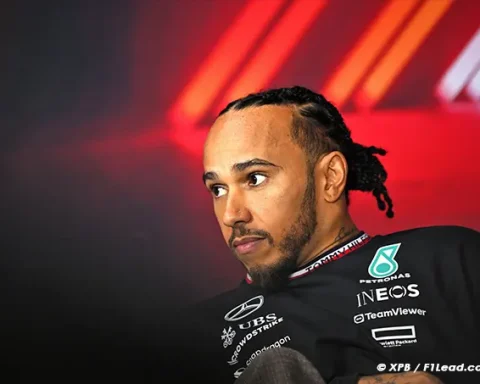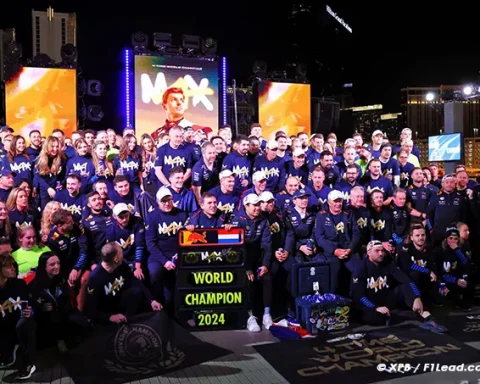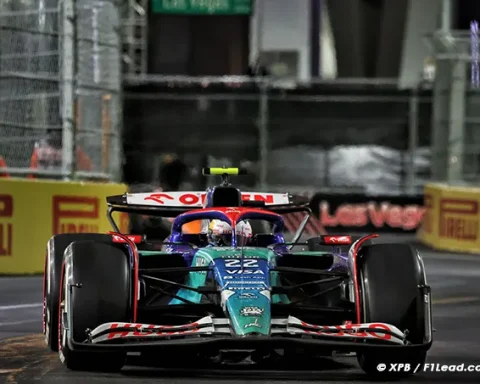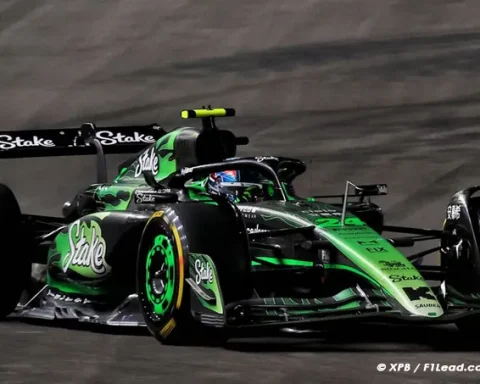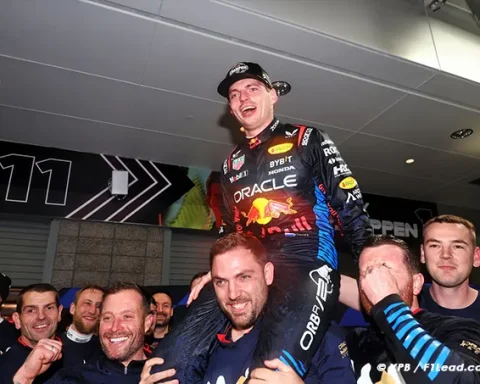David Coulthard envisioned Red Bull’s path to engine independence, laying the groundwork for its F1 dominance today.
Before Max Verstappen, Sebastian Vettel, Mark Webber, Daniel Ricciardo, or Sergio Pérez, it was David Coulthard who laid the foundation for Red Bull’s F1 team. It was indeed the Scotsman who began building the framework for what would soon become a multiple world champion team.
Red Bull purchased the Jaguar team for one dollar, though with a commitment to invest $400 million at the time, a staggering sum.
At the time, many scoffed at the idea of an energy drink brand in F1: a can alongside Ferrari or McLaren F1? We know what happened next—Red Bull would become world champions from 2010 onwards.
By the end of 2004, Coulthard was departing McLaren F1 and in talks with several teams on the grid. But how did Horner and Mateschitz, Red Bull’s CEO, manage to convince him?
“I never envisioned staying 20 years with Red Bull or anything like that,” the current Red Bull ambassador told Planet F1.
“I was really focused on the next few years: what can I achieve, or what can we do together in the coming years?”
“I didn’t know if Dietrich Mateschitz had that long-term vision, because before signing the contract, I wanted to know not only if he had the money, as that’s just part of the story, but also if they had the intelligence beyond the budget.”
“And his vision was absolutely to first earn the respect of the paddock. Then my goal was for us to become Formula 1 world champions.”
Dietrich Mateschitz, who has since passed away, had a clear vision and a management style (trusting the team and Christian Horner) that proved highly successful.
“He was very clear about what was possible and what the goal was, and I’m sure it’s the same vision he had with this energy drink. He was trying to convince people it was something that would improve their lives,” continues Coulthard.
“And that same vision and conviction are the foundations of what Red Bull has become today. But my main concern at the time was understanding who the people were. What was I used to? Where were the gaps, and how could they be filled? It was a very pragmatic approach to putting the pieces together. Honestly, I don’t think that’s changed much since those early days.”
David Coulthard was keen to be more than just a driver; he wanted to be a significant part of building the team.
“At that time, I was more involved,” he recalls of his early days in Milton Keynes. “I visited the factory more often than I ever did at McLaren.”
“We would go to Salzburg and meet with Dietrich after the Grand Prix, explaining what we had achieved, what we needed, how things were progressing. Things like tire choices—why we wanted Michelin or Bridgestone, or whatever the option was.”
“It was great. It was empowering. And then, when I finished that chapter, it wasn’t difficult for me to step aside for Sebastian, and then that whole new adventure began.”
Coulthard wanted Red Bull to buy Cosworth
And David Coulthard had suggested a choice to Red Bull that would only be realized many years later: to become their own engine supplier!
“The engine—we were Cosworth customers, then Ferrari customers, then Renault. Being a customer isn’t ideal when you’re used to being a factory team.”
“In many ways, they eventually went in the direction I would have liked to see them take much earlier. I was never a big fan of acquiring Toro Rosso, and I made that clear to Dietrich at the time, because I thought: ‘It’s hard enough to win with one team, why would we want the distraction of a second team?'”
“It was a marketing decision, and it found its place. But in the early days, having two teams was actually a challenge, while I would have preferred to invest in an engine. Buying Cosworth and making a Red Bull engine was my vision. But it worked out well for the team.”
Coulthard also advised Red Bull to sacrifice some reliability for performance, particularly with the gearbox.
“We needed a more flexible engine partner,” he recalls. “And the gearbox was a big area where we were behind, as other teams had already moved to seamless shifts, which gained them a few tenths of a second per lap.”
“So, we brought in someone from Ferrari, whom I had worked with at McLaren, and we got a gearbox test bench, which was a significant investment that Dietrich had to approve. We were pushing to introduce it.”
“Of course, when you push, there are failures, but I saw failure as a key part of accelerating development. If you always play it safe, how do you know how much margin you have if you always hit the targets?”
“This meant we had a few (retirements), but if you’re not winning the Grand Prix, what’s the point?”
“If the goal is to win races, you do everything you can to speed up that moment. There were painful moments, but I think it showed that in the long run, that goal laid a strong foundation.”
- You may also like>Gene Haas Boosts F1 Team After Impressive 2024 Performance
- Also make sure you follow us on social media>Facebook and>Twitter
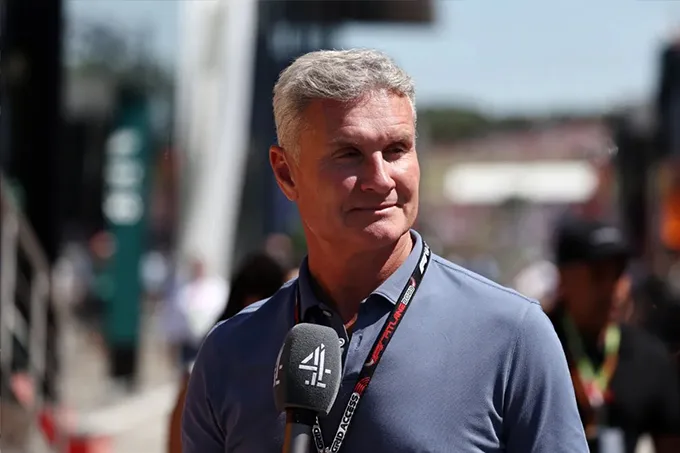
Coulthard’s Vision: Red Bull’s Engine Dream, 20 Years On Coulthard’s Vision: Red Bull’s Engine Dream, 20 Years On. f1 2024 Coulthard’s Vision: Red Bull’s Engine Dream, 20 Years On
